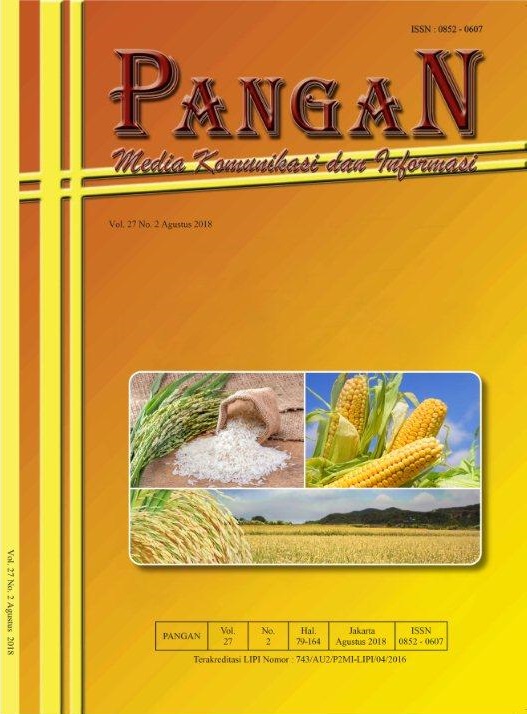Efektivitas Kompos Limbah Jagung Menggunakan Dekomposer Bakteri dan Cendawan pada Tanaman Jagung
Main Article Content
Abstract
Utilization of maize waste as the organic matter sources in agricultural land couldn’t be directly applied, caused by late decomposition prosess. An effort to accelerate of maize waste decomposting needed bioactivator. The research was conducted in green house and Bajeng Research Intallation from March to August 2015. The research was arranged in randomized block design using isolate bacteria and fungus just one or theier combining ie: three bacteria (B7.1,E7.7and E7.11), three fungus (M7, O5, P7), and four bacteria-fungus combining(B7.1+O5, B7.1+M7, E7.7+P7, B7.1+E7.7+O5), EM4 and N,P,K fertilizer(200,45,60) ha-1as the check treatment. Just one isolate fertilized by 75 percent N,P,K while combine isolate fertilized by 50 percent N,P,K recommended. The results indicated that just one decomposer E7.7 produced high enouugh grain yield not siqnificantly different by N,P,K (200,45,60) and five other just one treatment (E7.11,B7.1,M7 and O5), however siqnificantly different with combining decomposer (B7.1+O5, E7.11+M7, E7.7+P7, B7.1+E7.7+O5 and EM4). This mean that using stalk plus leaf waste maize compost could be subtitution in organic fertilizer untill 25 percent. Meanwhile combining decomposer was good enough for composting stalk and leaf of maize waste ie. isolate B7.1+O5 and E7.7+P7 although not significntly different with the other combine isolate including EM4. Thise case related by applied 50 percent N,P,K inorganic recommended fertilizer did not sufficient to supporting maize nutrient.
Key Words: Decomposer, Bacteria, Fungus, Composting,Maize waste
Article Details
Section
catatan copyright agar disepakati oleh penulis.
Penulis sepakat dengan ketentuan-ketentuan dalam etika publikasi
Penulis menyatakan bahwa karya tulis yang diserahkan untuk diterbitkan adalah asli, belum pernah dipublikasikan di manapun dalam bahasa apapun, dan tidak sedang dalam proses pengajuan ke penerbit lain

